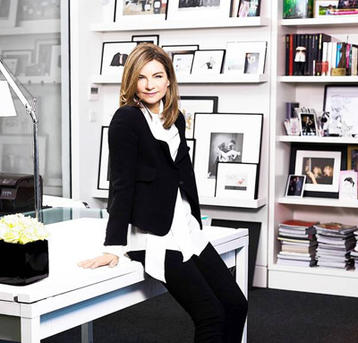Counterfeits are most commonly associated with the bounty of Louis Vuitton and Hermes bags available in South East Asian markets. But the fake cosmetics market is on the rise, posing a very real threat to both brands and the health of consumers.
The problem with counterfeit cosmetics not only relates to the threat they pose to legitimate businesses, but the hidden dangers they pose to our health. Andrew Brodsky of NetNames, which specialises in online brand protection and anti-counterfeiting, told Fashion Times that the nasties often contained in counterfeits can have serious consequences. “Counterfeit cosmetics pose a very real danger. They often contain high levels of harmful materials. For example, fake versions of cosmetics by M.A.C and Benefit have been found to contain up to 19 times the legal level of lead.”
He continues: “The toxic levels of mercury, lead and arsenic in many of these fake formulations have led to serious illness, severe allergic reactions, long-term health problems and in at least one reported case, death. The buyer must definitely beware.”
The Guardian UK also reported that counterfeit perfume often contains poisonous chemicals such as cyanide and even human urine. Cosmetics have been shown to contain unhealthy levels of heavy metals (as well as rat droppings) leading to allergic reactions and long-term concerns.
The newspaper also deemed electronic items susceptible: “Fake electrical products such as hair curlers, dryers and straighteners are not subject to the same rigorous safety tests as genuine items and so the bogus product is often dangerous. This can result in electrocution or the item overheating and catching fire, and these faulty items risk inflicting burns on their users as well as putting homes and lives in danger.”
With £90 million spent on fakes last year the City of London Police is taking the growing sector very seriously, with detective superintendent Maria Woodall commenting that consumers need to be careful as to what they purchase online. She recommends sticking to e-commerce offerings that are known to be legitimate as iStock images are used to confuse consumers, as well as payment details and personal information saved to make further purchases down the track.
Woodall comments: “Many people don’t know about the real dangers counterfeit beauty products pose to their health. Criminals are exploiting every opportunity to fool customers into buying counterfeits in order for them to make some quick cash – putting people's health, homes and lives at risk.”




